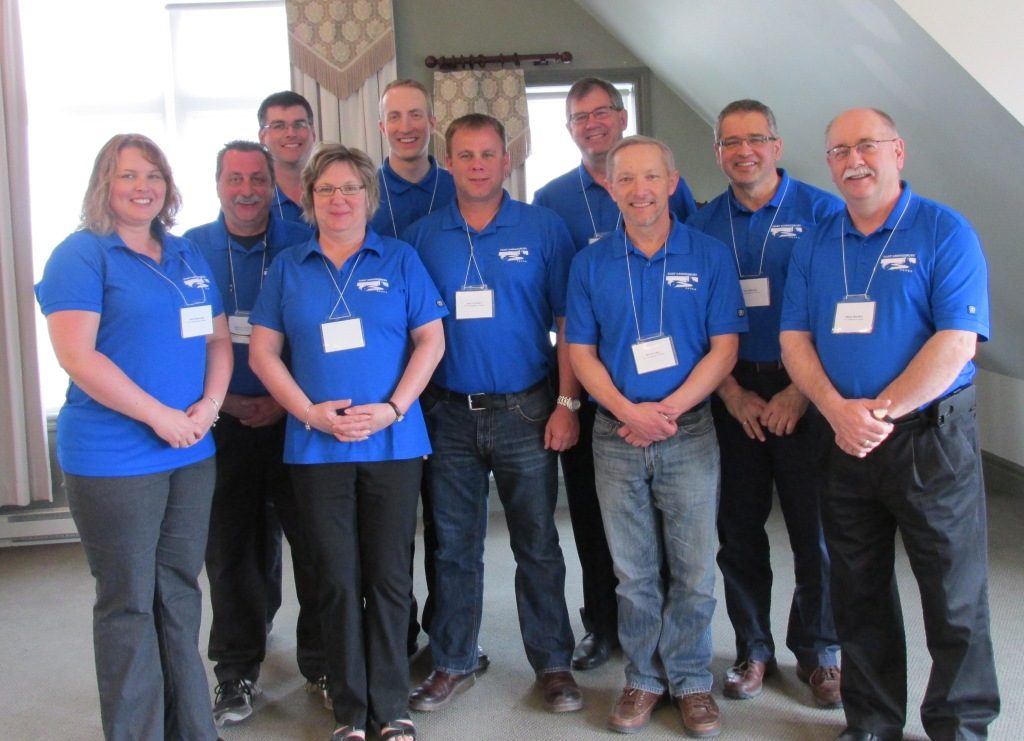
Features
Financial Reports & Markets
Pulp
Mechanical pulping a focus at PAPTAC Atlantic Branch Conference
July 14, 2014 By Pulp & Paper Canada
 As the host mill
As the host mill A small group of people from local mills and a handful of supplier representatives met on Cape Breton in May for the PAPTAC Atlantic Branch conference. With about 50 attendees, the meeting had the feel of a roundtable session, with peers…
A small group of people from local mills and a handful of supplier representatives met on Cape Breton in May for the PAPTAC Atlantic Branch conference. With about 50 attendees, the meeting had the feel of a roundtable session, with peers frankly discussing challenges and solutions related to mechanical pulping and papermaking.
The Atlantic event is gaining a following again after a hiatus of a few years during the worst of the industry’s slowdown. This year’s event was held at the Dundee Resort in Nova Scotia, from May 14-16. It opened with a golf tournament and a welcome reception. Next was a full day of conference sessions and a formal dinner. The last day consisted of a mill tour of Port Hawkesbury Paper, in nearby Port Hawkesbury, N.S.
Several of the conference presentations also drew on experiences at Port Hawkesbury Paper. Reza Amira of FPInnovations explained that his organization has done numerous audits and analyses on the process at the Port Hawkesbury mill. Since the restart in 2013, FPInnovations has been asked to analyze the new operations strategy, in which the mainline refiners run intermittently to take advantage of off-peak power rates. Amira noted that there has been a decrease in the specific energy of the mainline refining, and the total mass reject rate and tonnage to reject refining have increased. There has been no decrease in pulp quality, he determined. “Reject refining is more efficient in this case. It has decreased energy demand by 2.5 MW.”
The advice Jason Spears of Port Hawkesbury Paper has for maintenance workers is simple: “If you filter to less than 10 microns, your life improves exponentially.” He believes that even new lube must be filtered, so the mill has invested in clean oil tanks that dispense into sealed containers with micron-rate breathers.
Spears is also a fan of bottom sediment and water glasses. “These are the most effective $50 you can spend on a piece of equipment,” he says. They are standard on all pumps, and on all hydraulic units with a cooler at Port Hawkesbury Paper.
Justin Charron of Irving Paper described the challenges his mill is facing due to variations in the species and age of incoming chips. He has studied the impact of variations in the amount of fir, bark and juvenile wood. While there’s little the mill can do about the chip supply, Charron explains that simply being more aware of the variations has been helpful. Mill personnel now hold bi-weekly planning meetings with the woodlands operations staff. Reports in the process control system now show what chip feed is expected from Irving’s various sawmills, so that the mill personnel can see species trends, bark and brightness trends, and the daily delivery schedule. The new communication tools are working, says Charron. “We’re seeing gains, and we’re dampening variations at the paper mill.”
Charron won an award for best technical presentation of the conference.
Suzanne Hohmann, chair of the PAPTAC Atlantic Branch, led the brief matters of business pertaining to the group’s annual general meeting. She thanked Mark Frith, Mark Dube, Mike Hartery, Denise Thompson, Les Urquhart and Jenna Hazelton for their work in organizing the event.
Print this page